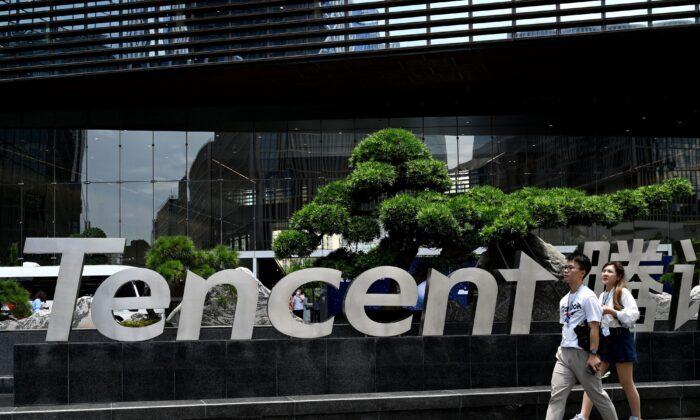NEW YORK—Few things can be less inspiring than a traffic jam, unless you happen to be a documentary filmmaker.
Sitting in gridlock on his way home to Brooklyn from Connecticut one day Todd Drezner began thinking: “Cities are becoming more and more popular … is traffic going to keep getting worse and worse, or are cities actually able to do something about traffic?”
As he pursued the idea, his film soon became less about an exploration of traffic, and more about exploring what led to the traffic patterns in cities today, and how cities are beginning to change.
“The number one thing I’ve been surprised by is how big of an issue I’ve taken on,” said Drezner, who has a master’s degree in film arts from Columbia University, and a decade of experience creating corporate documentaries and entertainment programs.
For the last seven months, the Loving Lampposts director has spent time filming and interviewing experts in Detroit and New York. He now needs more funding to continue.
He has raised over $20,000 in an online crowd funded Kickstarter campaign on Kickstarter, but he is still $5,000 short of his goal with two days to go in the allotted time period. The fundraising platform is all or nothing, meaning if Drezner doesn’t reach $25,000, he doesn’t get any of the donations. Drezner said he is hopeful about reaching the goal.
Selection of Cities
The main reason Drezner is raising money is to be able to film in other U.S. cities.
Different cities in the United States are at different stages of reinventing their streets, but every metropolitan area has become aware of the need for some sort of change, he said.
“A film needs to look at the moment right before the tipping point, or when [an issue] is still up for debate,” Drezner said, adding that the United States is far behind many cities in Europe.
We are still trying to figure out what works, and how to best implement new ideas, he said.
Drezner started work on his documentary last June in Detroit, also known as “Motor City.” He observed that the city looked like it was on holiday, he said. He filmed a planning session there where people were studying how best to make use of the largely empty streets.
In Los Angeles, where Drezner hopes to film next, groups are trying to revive a bike culture in a city known for traffic congestion. He’s also looking at groups who see a very different solution to traffic problems in driverless cars, and wants to include San Francisco’s tech culture as a viewpoint.
“Any big city nowadays is dealing with these issues,” Drezner said.
Advocacy
What sets New York City apart is the relative advantage of not having a car-dominant culture, he said. In New York City, 56 percent of households are car-free, according to census data.
New York City has a very vocal group of advocates for pedestrians, cyclists, and public transportation.
There’s a trend of younger people biking and walking more than driving, Drezner said, and varying theories behind it. Some attribute it to saving money—the high cost of owning a car being too much for millennials—and others attribute it to pure preference.
“If that’s the case, that’s becoming something cities have to think about if they want to continue to attract people to live in them,” Drezner said.
But whether it’s bike lanes or traffic congestion, Drezner said he has no more stake in the issues than the next citizen, and wants viewers to draw their own conclusions.
“I don’t think I’m making an advocacy film,” Drezner said.
Gentrification Concerns
Along with an increase in bike lanes in New York City under Bloomberg came criticisms of how the bike lanes lead to gentrification and elitism by raising property values.
Many of the issues Drezner has come across while filming are highly political, and then there are aspects like gentrification and safety that he hadn’t expected to incorporate.
For example, decisions made 70 to 80 years ago led to the fact that streets today are dominated by cars, Drezner said, adding that in recent years advocates have worked to reverse that trend.
People in Los Angeles used to travel mainly by public transportation, but as car companies came along, Drezner said, they helped replace the public transportation system in favor of car dependency.
Now, in neighborhoods in Detroit and New York, there are people who are worried about being displaced due to increased gentrification.
“We’re trying to figure out how the city can belong to everyone,” Drezner said. “Streets are part of what needs to belong to everyone, and when you start talking about these things it can provoke strong feelings.”
Drezner is still looking for more stories of individuals to carry the film. He hopes to finish filming this year, and finish editing next year.
“The actual truth of the matter is that it’s about the decisions people make on a large and small scale,” Drezner said.
Not that all this has changed his opinion of traffic congestion.
“There’s some acceptance of it when you realize it’s more complicated, but it’s not that I now enjoy sitting in traffic,” Drezner said. “I think there’s nothing you can do about the frustration of a traffic jam.”





